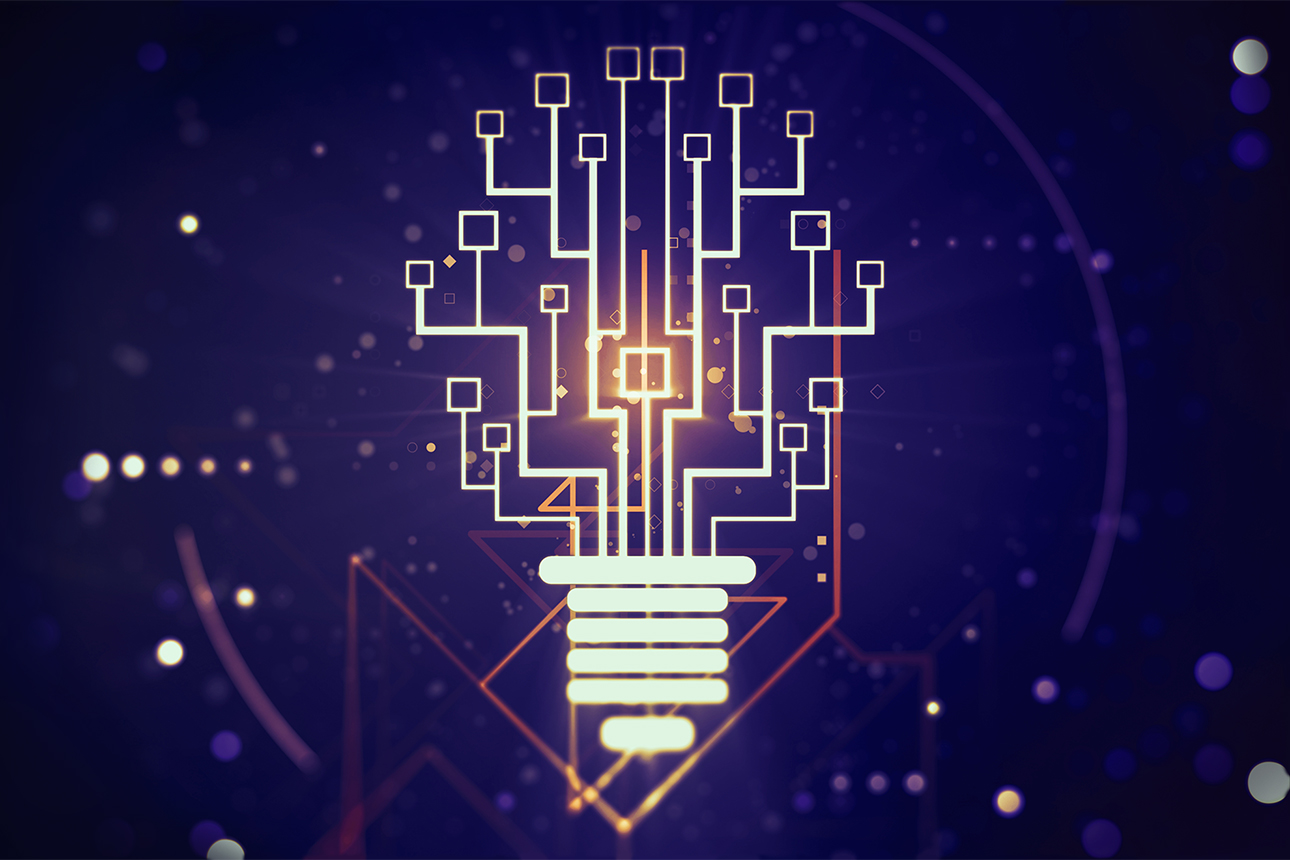How Machine Discovery Can Accelerate Solutions to Society’s Big Problems
Machine learning can accelerate breakthrough advances in fields as diverse as energy, medicine, and urban planning.
Topics

According to all the available evidence, new ideas are getting harder to find.
Since the 1990s, the growth in novel patents — those that mention a new technology — has been negative in the United States. According to one widely cited study, U.S. research productivity declines 50% every 13 years, largely because new ideas are drying up. The implication is that the U.S. needs to double its research investment about every dozen years just to stand still in growth terms.
Get Updates on Leading With AI and Data
Get monthly insights on how artificial intelligence impacts your organization and what it means for your company and customers.
Please enter a valid email address
Thank you for signing up
But the growing difficulty of discovering new ideas — the next blockbuster drug for cancer, the next graphene — may come as no surprise when we consider that the odds of success are heavily stacked against U.S. scientists in the first place. Every material on Earth is made up of some unique combination of the 118 elements in the periodic table. Trillions of combinations remain undiscovered. Of these, most have no useful properties for industry. Finding the tiny subset of useful new materials is like trying to find a needle in a field of haystacks.
Even when promising candidates are identified, the vast majority fall at the later hurdles of testing, regulatory approval, and development. In health care, for example, only 1% to 2% of promising drugs make it to the market, with costs in the billions of dollars spiraling year on year.
New technologies such as machine learning, robotics, digital twins, and supercomputing can dramatically improve the odds of successful discovery — through faster and more efficient selection of the most promising new ideas and accelerated testing to get these ideas into development sooner. These technologies are paving the way to breakthrough advancements in fields as diverse as energy, medicine, and urban planning.
Machine-Powered Discovery of New Materials
“We’re used to thinking about machines as doing the jobs that are dull, dirty, and dangerous, whereas humans do the creative stuff,” technology writer Luke Dormehl, author of Thinking Machines, told us in an interview. But this line between humans as creators and machines as executors is blurring: “In practice, a lot of human creativity comes from previous ideas or brute-force experimentation — a musician might try scores of chords before finding a new tune, for example.�

Comment (1)
Phillip Jutras